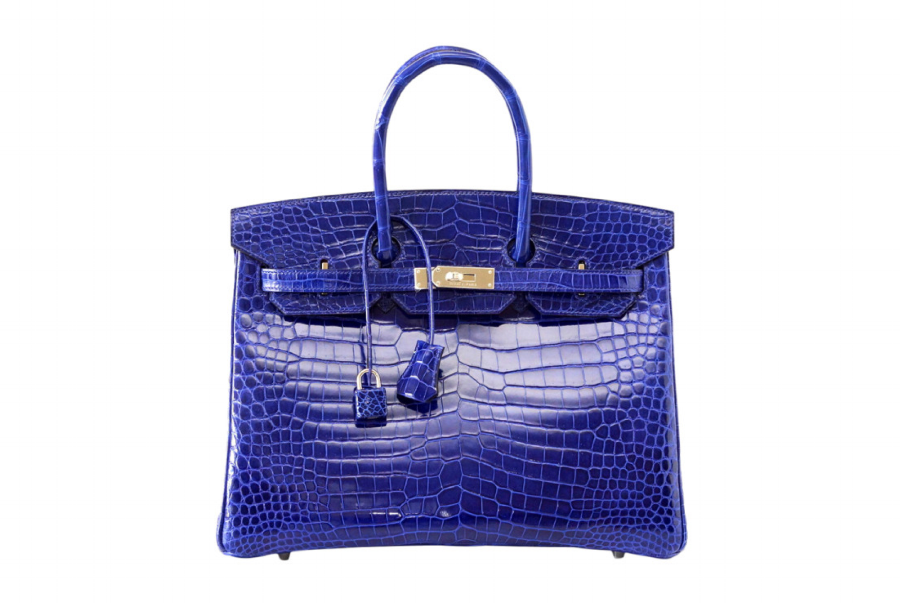
image: Hermès
Hermès had a very good year last year. The Paris-based luxury stalwart posted “record profitability” – or as CEO Axel Dumas put it, “historic results” – for 2017, with the brand’s bags and leather goods proving top-performers with sales growth of 10 percent. The total net profit for the year grew by 11 percent to 1.2 billion euros (almost $1.5 billion), as the 180-year old company struggles to keep up with demand for its pricey Birkin and Kellys, which will set you back no less than $10,000, if you can get your hands on one of the coveted bags, that is.
“The significant rise in revenues recorded in 2017 in group stores was driven by growth in all the geographical areas,” Hermès said in a statement on Wednesday, referring to the newly-opened, recently-revamped and/or expanded stores in “cities around the world, including London, Copenhagen, Taiwan, Toronto and Sao Paolo.” In addition to its international brick-and-mortar presence, the brand has been working to expand its reach digitally, as well.
Hermès has been revamping its existing e-commerce strategy for some time, testing a new site – which puts runway videos center stage, along with “stories” surrounding its products, whether it be its’ perfumers take in fragrances or the latest in the brand’s pop-up shop efforts –in Canada last summer with plans to launch in Europe in the near future. Following in the footsteps of Louis Vuitton and Gucci, Hermès is expected to launch its first-ever e-commerce site in China, which continues to be the biggest market for luxury players.
Meanwhile, in the U.S., its new site is live (but there is nary a Birkin or Kelly bag to be found, of course).
Its renewed foray into e-commerce is interesting for a few reasons, not least of which is its lackluster online presence to date. Prior to its web revamp, Hermès’ site served mostly as a one-dimensional hub for its scarves. Its new take on having an online presence appears to remedy this, as the new site places the spotlight on a larger array of its products. The new Hermes.com also incorporates much more significant consumer engagement elements (read: story-telling) – whether it be in the form of a diary devoted to its foundation or a look at its made-to-measure activities.
But also potentially in need of attention: The brand’s production capabilities. While Hermès has long been known for intentionally courting demand for its pricey Birkin and Kelly bags, thereby creating longstanding waiting lists for these bags, there is more to these notorious lists than marketing strategy. There is an actual shortage of products at play when it comes to demand for the brand’s Birkin and Kelly bags, which Hermès aims to rectify, at least in part, by way of plans to add two leather goods workshops in France by 2020.
According to Bloomberg, “Increasing production is a key aim for Hermès as it seeks to reduce waiting lists for its signature handbags. After being largely insulated from a slowdown in luxury consumption in 2015 and 2016, the company is trying to respond to a rebound in demand for high-end goods [largely in the Far East] by training leather workers and adding new sites.”
While expansion will certainly be a profitable move, it is not a risk-free strategy. “By upping production, Hermès loses some of the cache” that has kept it so famous, but so far, Bloomberg’s Andrea Felsted says, the brand “appears to be striking the right balance. Part of the increase in production is for bags other than the most iconic models, so that should limit any detriment to the brand.”














